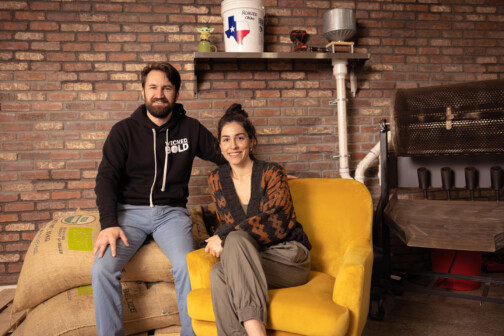
I recently wrote about how labor constraints are impacting the Dallas-Fort Worth housing market, making it severely under supplied on the housing front. As a result, basic supply and demand economics are holding true and home prices in North Texas are escalating at a rapid pace.
According to the S&P CoreLogic Case Shiller Index, in the first quarter of 2017, Dallas home prices increased 8.8 percent from the same time last year and has increased an astonishing 52 percent over the past five years. An existing Dallas-Fort Worth home takes approximately 2.2 months to sell compared to the national average of six months. The sales cycle is expedited because we don’t have enough homes to meet demand; however, pricing is the lever that is attempting to control it.
Developers and builders are trying to address the rising cost of housing by planning and designing communities and homes that satisfy the preferences of today’s buyer at their desired price point. Due to escalating land and construction costs, we must be creative in achieving these goals. From a land planning perspective, it’s still important to maintain key principles that engage walkability, open spaces, and amenities, while creating a sense of community and pride of ownership for residents.
To make purchasing a home more affordable, there will be some sacrifice involved, such as smaller lot sizes, the elimination or reduction of alleys, and front, rear, and side yards. While seemingly simple, these changes do have significant impact. City ordinances vary across DFW, but the majority were adopted prior to 2010 and haven’t kept pace with the changing market. For example, the cost of an additional two feet of side yard on each side of a home can increase the cost by $20,000 to $40,000. A buyer doesn’t realize this, but I would bet that some buyers value a smaller footprint with more cash in their wallet. Another example is the requirement to have alleys, this adds paving costs and reduces the building footprint (slab size to accommodate downstairs rooms), which reduces or eliminates back yards. A smaller slab would mean that master bedrooms, and other rooms that are desired downstairs, are forced upstairs. This makes multigenerational living spaces, which are extremely desirable in today’s market, more expensive to build.
For the benefit of the current market and future generations, we as the collective residential real estate industry (e.g. developers, builders and municipalities) need to continue working together and adjust to the current market needs and demands.
Brian Cramer is senior vice president at Newland Communities.






